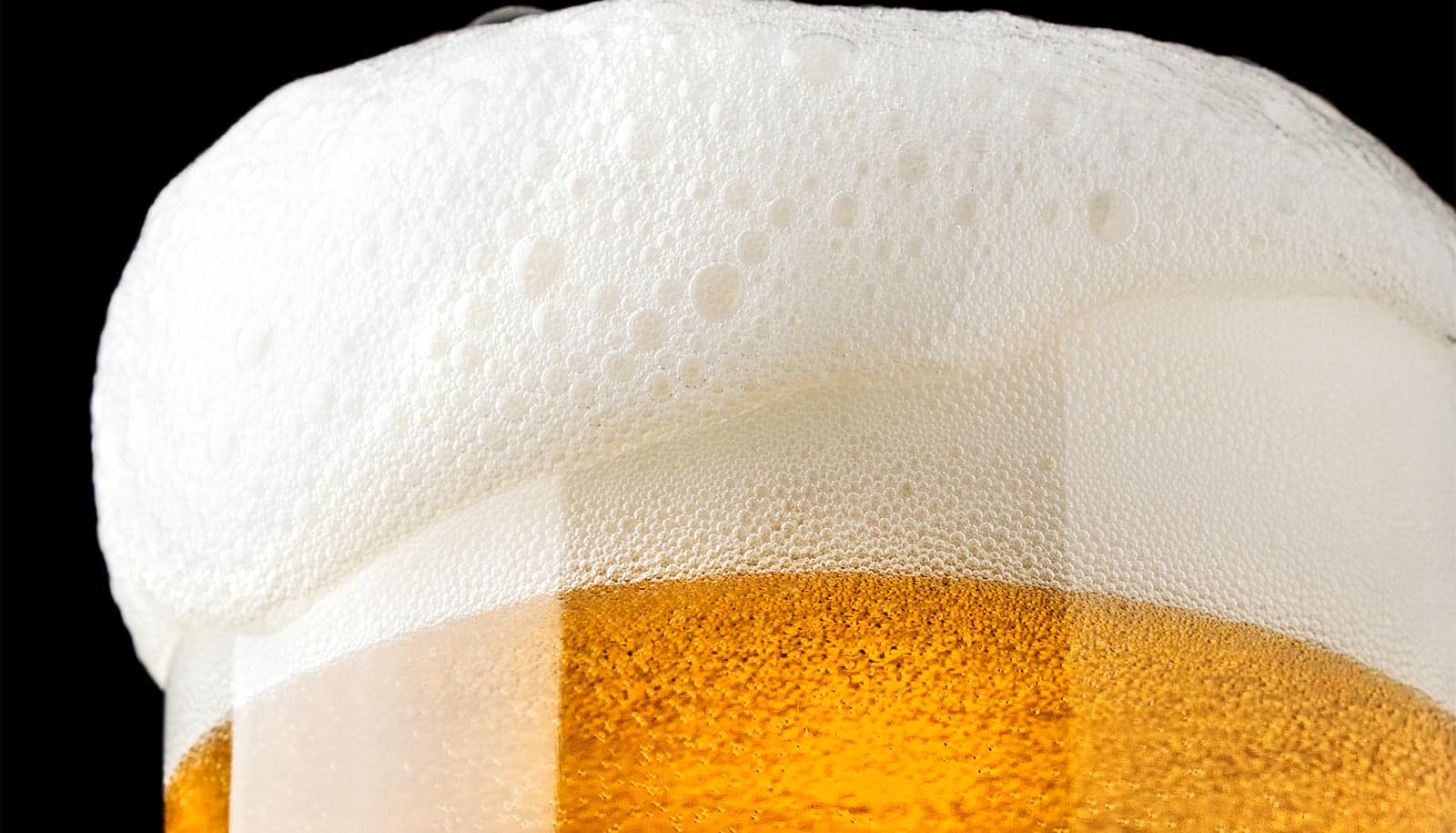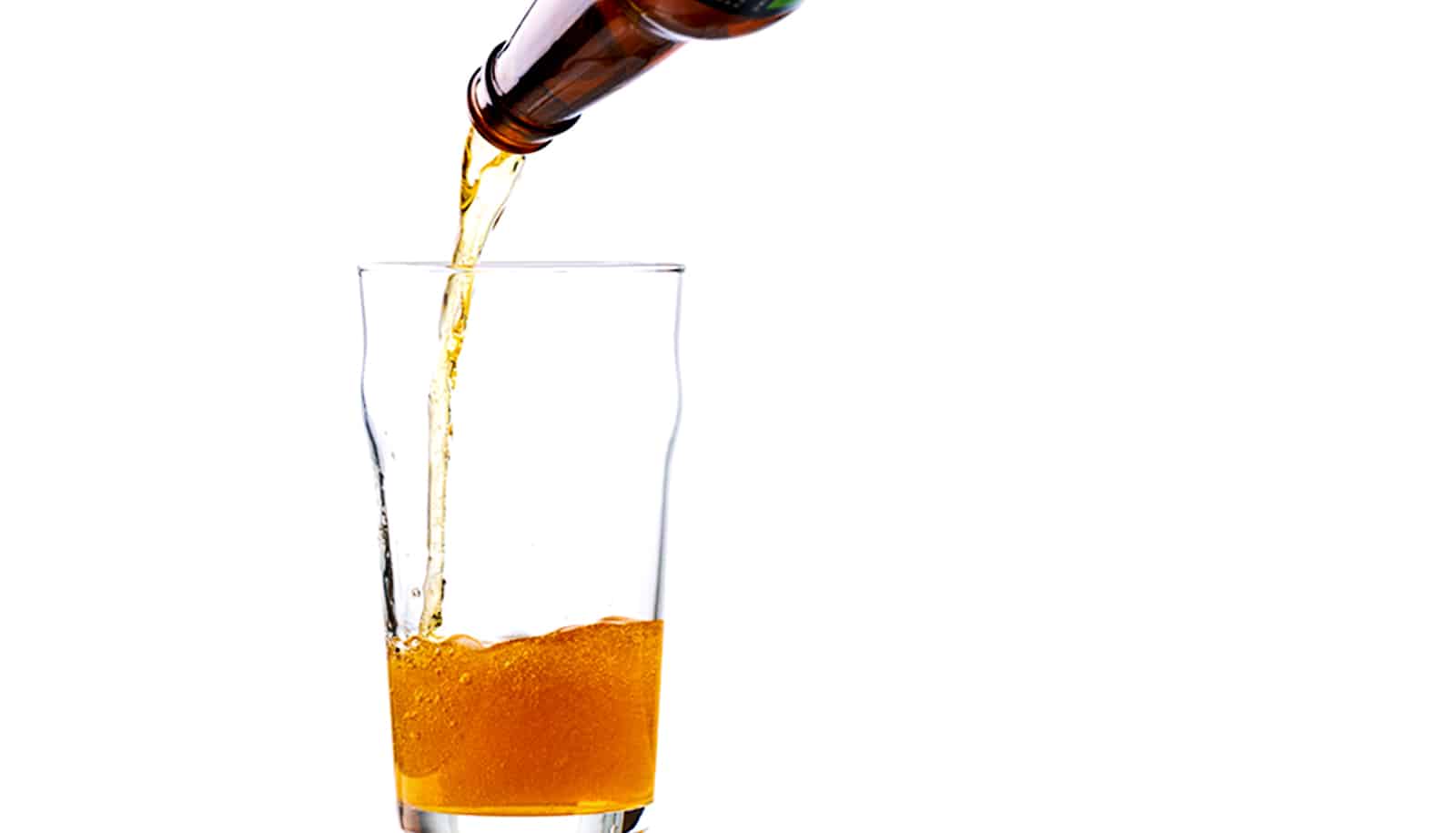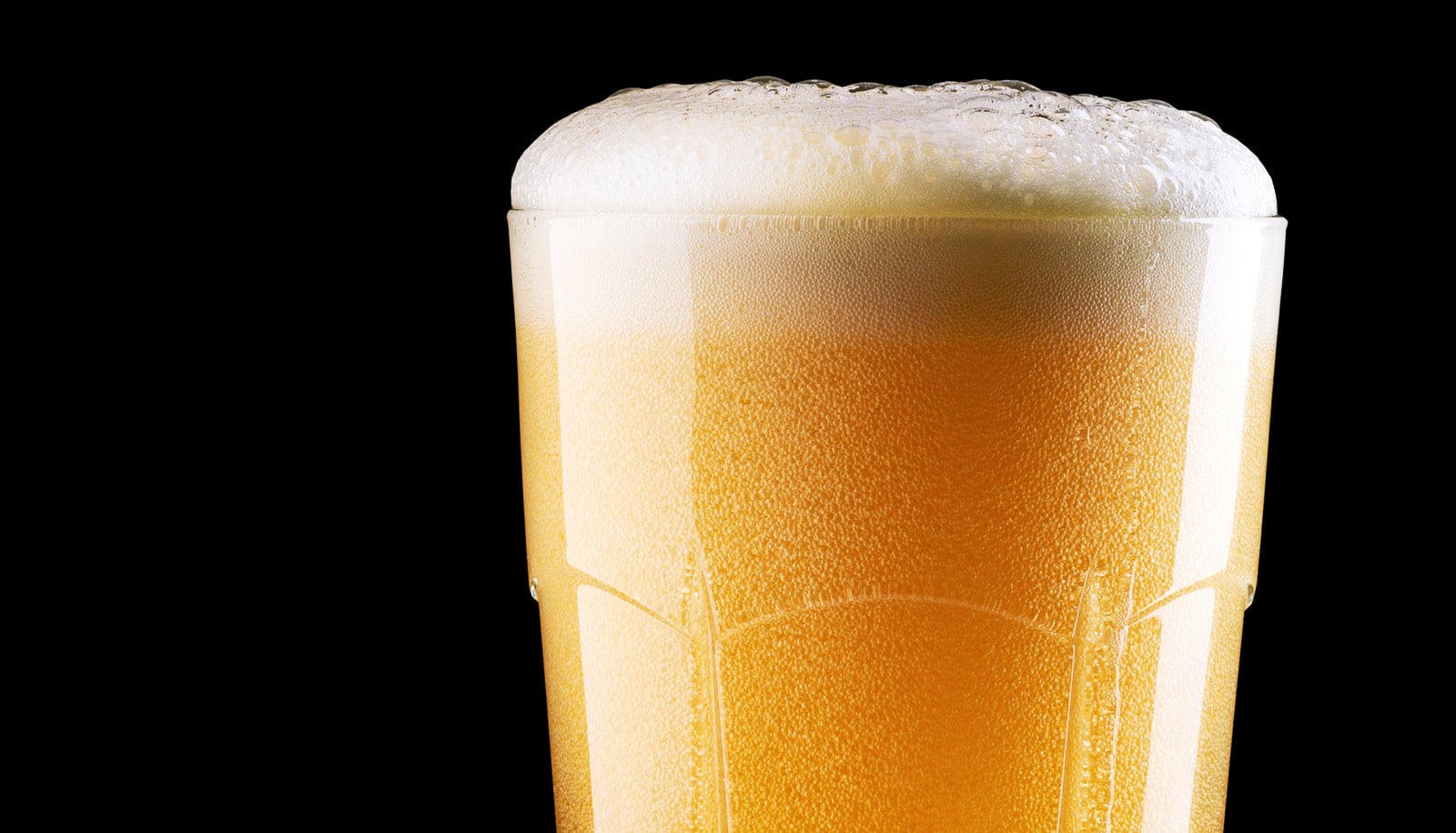Craft beer is scientifically unique when compared to mass-produced brews, a new study shows.
Researchers used a technique called mass spectrometry proteomics to identify, quantify, and characterize the proteins in 23 different styles and brands of beer.
“Craft beer was strikingly different to beer from multinational breweries,” says Ben Schulz, associate professor at the University of Queensland.
“Our initial assumption was that there would be a difference between different styles of beers, such as lagers, pale ales, IPAs, and stouts, but the results proved otherwise. Surprisingly, it was only when we targeted our analysis on a single brewery to remove any variation, that we found any differences between beer styles.
“Proteins from yeast make craft beers distinct from beers from larger breweries—which may be due to different process scales, or to different styles of yeast.”
Proteins play an important part in forming a beer’s sensory properties, Schulz says.
“Crisp, malty, and bitter flavors, and floral and fruity aromas, are perhaps the first descriptions that come to mind when describing beer, but other sensory factors are just as important,” he says. “An attractive, stable head of foam, and smooth, creamy mouth-feel are also essential, but-often-overlooked, elements of a great beer.
“The ‘beer proteome’—or the full set of proteins in a beer—is critical in controlling these factors, and is dependent on the ingredients, the yeast used for fermentation, and the overall beer-making process.”
The mass spectrometry techniques allowed Schulz and PhD candidate Edward Kerr to measure the beers’ complete set of proteins.
“Our research looked at what proteins are present and how much there is of each protein,” Kerr says. “Essentially, a mass spectrometer measures the mass of a molecule, allowing us to then match these experimentally measured masses to a theoretical list of proteins, identifying which are present and measuring the abundance of each. When we considered these features, we could clearly distinguish the profiles of different beers and different breweries.”
With only 23 beers in the study, there’s more research to do, but Kerr says the findings would prove beneficial in future beer-making processes.
“We’re excited about using these techniques to understand and improve the beer-making process for non-barley gluten-free beers and with different types of yeast,” he says.
The study appears in Scientific Reports. Additional coauthors are from the University of Melbourne and Newstead Brewing Co. An Advance Queensland PhD Scholarship to Kerr funded the work.
Source: University of Queensland



